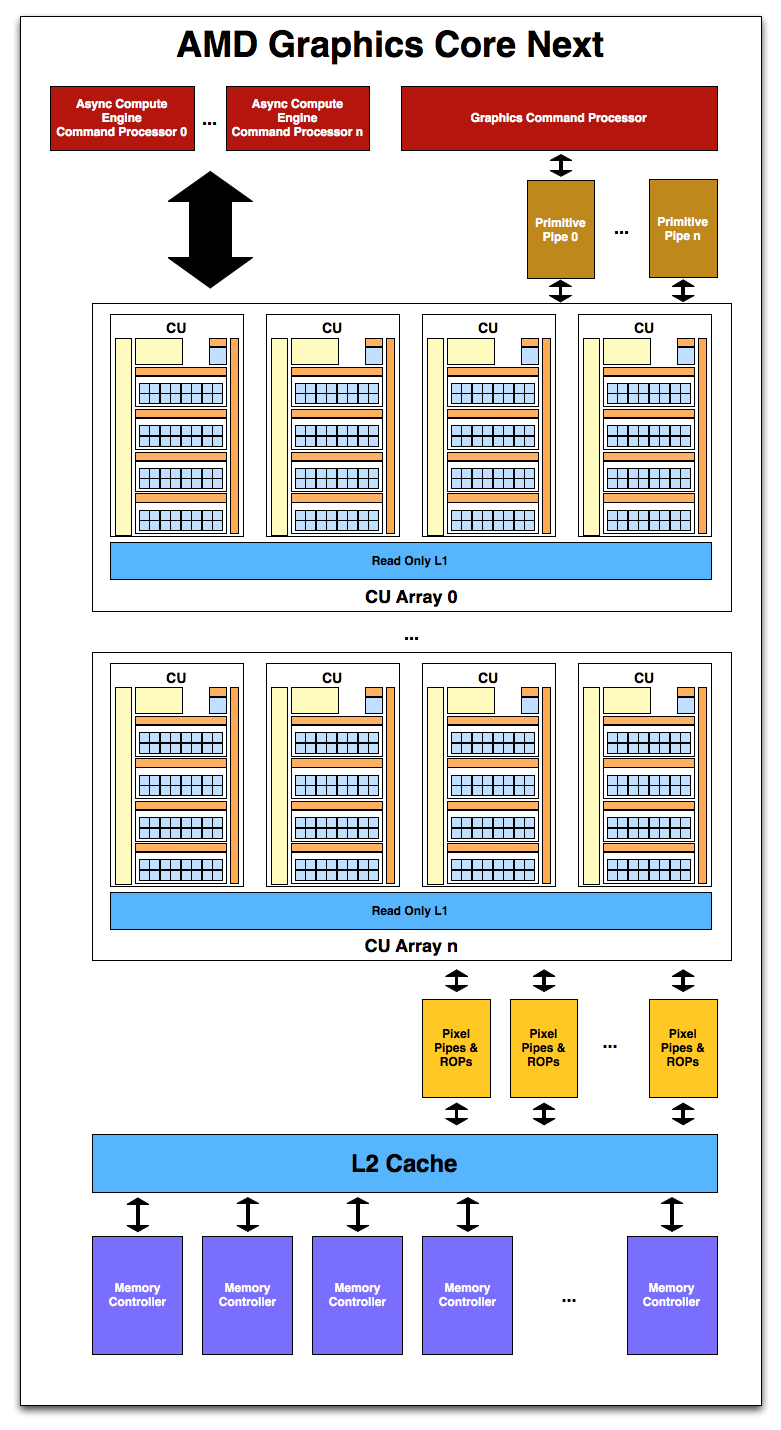I see little (if any) evidence to support this. To wit, I see Sony trying to follow MS's lead in this area by bundling motion cameras in every box and further trying to update their media feature set. They played catch up in this area most of this current cycle after all. You can even see specific rumors out there talking about how they will push the platform services as the selling point instead of exclusive gaming features. I see their approach here as slightly more conservative, but only because I think MS is in a much more fortified position to be ambitious in that space than Sony is atm. They have the money, the connections, and the inroads with the consumer base to go further with this stuff than Sony does atm.
I also disagree here. I don't see anything in Durango as a platform that suggests gamers are being left out in the cold. That viewpoint is largely founded on ignorance related to MS's publishing strategy of mitigating risk late cycle and the presumption that the specs for next gen GPU's (and GPU's only) are to be compared in a direct, straight forward way. There is a middleground, whether you'll admit it or not, which is that MS wants to dominate all demographics and has the positioning and cash to forge ambitions aiming to achieve as much, even if that means carefully engineering an unorthodox platform that punches above its weight.
When the GPU specs were first leaked before ppl talked about DME's or display planes or eSRAM or the CPU performance boost we just heard about...before all of that ever popped up a narrative emerged that painted Durango as a weak console and the second bkillian mentioned extra hardware blocks ppl desperate to cling to the initial sentiment started mocking the idea that additional hardware could actually make a difference. And today the more we find out the smaller that initial performance gap dwindles. Don't mock the ppl who were open minded enough to suggest that might happen.
This isn't
necessarily true. I mentioned this to Brad. You can leverage very high end, relatively new rendering tech (virtualized assets) that are known to play big roles in future game engines in a way that strongly prefers more RAM to faster RAM. At least that is what I recall reading. If I am wrong there explain why but spare me a reply aimed at being condescending.
I think the contention that one is significantly more powerful than the other flies right in the face of what insiders and actual devs have said on the subject. I think if you gather all the semi-reliable info together you start seeing a picture of MS going all in on a design to leverage virtualized assets in ways Orbis isn't. We will see. Hopefully soon-ish.



